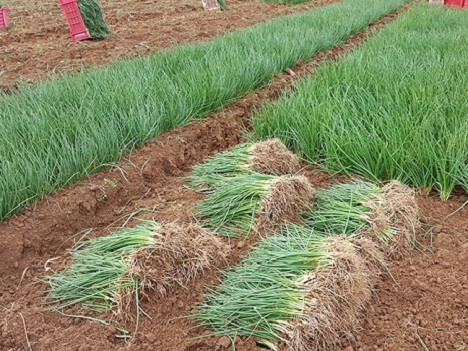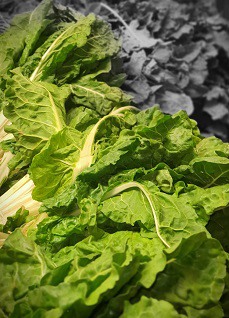South Africa’s Competition Commission recently published its second price monitoring report into the fresh produce sector.
They studied three months of sales data of ten vegetable and five fruit categories at 18 fresh produce markets to test the claim that some market agencies are more concerned with prices in the larger urban centres than in more outlying or rural areas.
Retail prices: quick to rise, slow to fall
A second aspect of their study concerns retail margins on fresh produce.
“Fresh produce farmers have been particularly vocal about how declining prices in fresh produce markets have not been reflected in declining shelf prices for retailers, suggesting that profiteering has taken place and that competition in retail markets may not be functioning well. The Commission has received numerous complaints of price gouging of essential food items.”
It points to a growing discrepancy between potato retail prices and wholesale prices since April this year.
“What is equally disturbing is that even though wholesale prices then proceeded to fall, retail prices were very slow to follow and did not do so at the same pace meaning that margins have not reduced to pre-Covid levels. This evidence supports the consumer contentions that prices in retail are quick to rise and slow to fall, indicative of competition problems in the retail markets.”
When wholesale potato prices came down after the initial lockdown period, retail potato prices followed at a much slower pace
The Commission concludes that this warrant more investigation as well as public explanations from retailers.
40% difference in onion pricing across South Africa
There is a high degree of pricing variation for the same commodity across the markets, the report notes.
“For example, for the 17 markets with data for onions, the difference between the average price of the most expensive market and least expensive market is as much as 40%. Such high variation on a staple product that is grown from the Western Cape through to Limpopo is concerning and potentially indicative of malfunctioning markets in certain areas. Of particular concern is that certain of the poorer rural regions in South Africa are the subject of higher prices for this staple.”
At the larger markets an economy of scale comes into play, due to lower logistics costs to the large centres, but the Commission is not convinced that this fully explains the situation.

Tenuous link between prices & production area
The Commission finds that products are not necessarily priced lower in its production areas, as evidenced by apple prices at the higher spectrum at Cape Town market (R7,17 per kilogram), the market closest situated to the bulk of South Africa’s local apple production.
The other major apple production area is the Langkloof, straddling the Western and Eastern Cape, close to Port Elizabeth whose market has the “best” (meaning lowest in this context) apple prices: R4,18 per kilogram. Another Eastern Cape market, Mthatha, has the most expensive apples: R8,05 per kilogram.
Similarly, banana prices in Durban lie in the mid-range, despite banana production in the province plus its relative proximity to Mpumalanga and Mozambique.
The Witbank market, Mpumalanga, lies on the highway linking Gauteng to the northeast banana-producing part of the country, and there bananas are second cheapest: R6,36 per kilogram.
These are examples of outcomes not consistent with expectations, a matter that is prompting this enquiry.
Price ranking shows little correlation with size Johannesburg fresh produce market, the largest of the fresh produce markets in South Africa, has an average ranking on the price index for ten commodities.
Johannesburg fresh produce market, the largest of the fresh produce markets in South Africa, has an average ranking on the price index for ten commodities.
Springs fresh produce market in Gauteng performed "best" in the price ranking and East London market "worst", according to the report, while those two markets are of roughly equal size.
Coastal markets are generally ranked lower on the price index than those in the interior.
This situation is, the commission notes, “concerning, especially given that many of them are agricultural areas where logistics costs should be low”.
“Of particular concern is the higher prices in the Eastern Cape and KwaZulu-Natal given the lower income levels and high incidence of poverty in these provinces. This suggests that these markets are not necessarily functioning well and warrant closer investigation to determine how outcomes can be improved.”
